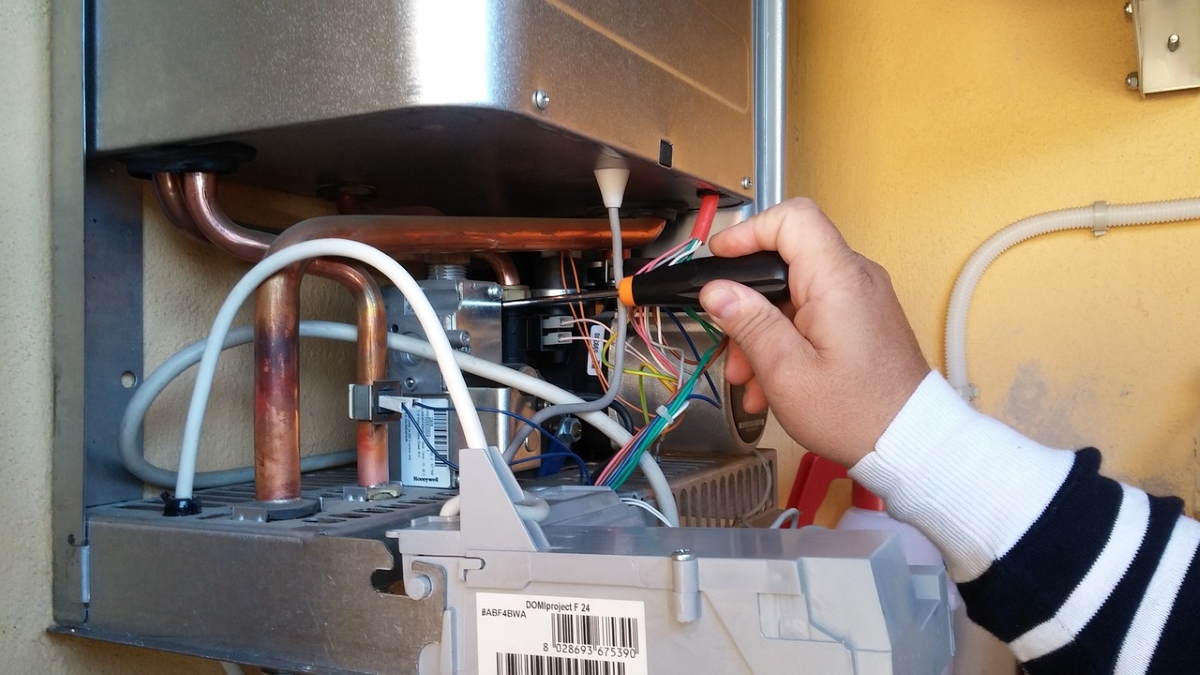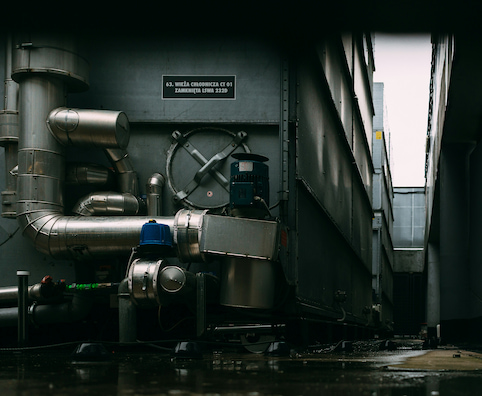Painting a wall starts far before you even open the paint can. When painting a wall, it’s important to do prep work first. In the right light, even the smallest of imperfections in a wall become glaringly obvious. And many of them cannot be easily reversed as the problem lies with a lack of preparation before painting.
If you want a super-smooth coat of paint on your walls without blemishes, marks, or cracks, you cannot afford to skip pre-paint preparation. In this guide, we take you step by step through preparing your walls before a lick of paint even touches them.
Follow these steps to remove wallpaper, fill holes, remove marks and fix a range of other imperfections which could affect the final look of your freshly painted walls.
Painting Wallpapered Walls
If your walls aren’t wallpapered, skip to the next section. If they are, however, this section is important. Whilst you can paint over wallpaper, it’s unlikely to give you the best finish. For a better look, it’s best to remove the wallpaper.
How you remove the paper will depend on how it was put up. If the wallpaper was hung by pasting the wall, it could simply be peeled off. This shouldn’t require any tools. If the paper was hung by pasting the back of the paper, you’d need to do a bit more work to get it off – these steps are detailed below.
Tools for removing wallpaper
The first thing to do is gather up your tools. You’ll need:
- Stripping knife or orbital scorer
- Bucket
- Sponge
- Steam stripper
- Wallpaper stripping solution
- Sandpaper
- Sugar soap
Removing the Wallpaper
- The first stage is to score your wallpaper. Use your orbital scorer or stripping knife to score diagonal crosses. Be careful not to push onto the plasterboard.
- The next step is to use a sponge to soap the wallpaper. Wet a few metres at a time and leave five minutes for the paper to soften. Take care around switches and sockets.
- Following this, use the stripping knife to remove the paper by sliding it into the cuts you created in step one.
If the paper is not coming off easily, you can break down the wallpaper paste using a stripping solution. Soak the paper with the solution and leave it for the time specified in the instruction. This should make it easier to remove the paper with your knife.
Alternatively, you could use a steam stripper. Use the steamer on the wallpaper starting at the bottom until it appears damp. Don’t leave the steamer in one place for too long to avoid blistering the plaster. Once the paper is steamed, you should remove it with your knife.
Finally, remove any remaining pieces of wallpaper with sandpaper.
Repainting Walls
If you are painting already painted walls (or have removed the wallpaper from the walls),you’ll need to prepare it before you can apply the new paint. The main stages in this process are filling holes, sanding the wall, and cleaning the wall.
For the next steps, you will need:
- Sponge
- Sugar soap
- Flexible filler
- Flexible filling knife
- Fine sandpaper
Fill Holes
Filling holes is simple and only requires a few steps.
- Firstly, using sugar soap, clean the holes you’re going to fill. This will clear out dust, preventing the filler from sticking to the wall.
- Next, using a flexible filling knife, apply the filler. Fill the holes until the filler is smooth with the wall.
- Finally, once the filler has dried, use sandpaper to smooth down the filler.
Sand The Wall
For the next stage, you want to continue sanding. Lightly sand the whole wall making sure to sand down any peeling paint.
Clean The Wall
Once the wall is sanded, you can use the sugar soap again.
- Use the sugar soap to clean the whole wall. This will remove marks such as fingerprints and break down grease.
- Using warm water, give the wall a clean down, washing away any soap.
Plastering: DIY or Hire a Pro?
Removing wallpaper and filling holes is a fairly basic DIY. However, you may find your paint project being put on hold for another task; replastering.
Replastering won’t be required every time you paint a wall, but it’s important not to forgo it when it is needed. Always stay on the lookout for signs of damage. Plaster can bulge or crack. Loose plaster can also affect your attempts at painting a wall. And then there’s damp, which can create staining and may require striping the plaster to repair.
Compared to removing wallpaper, cleaning stains, and filling holes in your wall, plastering can be a bit trickier to get right. It’s possible to take a DIY approach to plastering, depending on the damage and your experience.
Although you may prefer to hire a professional plasterer. Plasterers are trained to get it right (the first time) and have all the right materials. They are also trained for health and safety, which is essential in a job involving ladders or potential exposure to live electrical wires. The temptation to DIY a plaster project can be high. You may think it’s an easy way to save money. The reality is that many of the poorly plastered walls professionals work on result from DIY projects and attempts to save money.
Once the plastering is done, allow the plaster to dry before painting. Remember to use a roller to give the plaster a coat of sealant before applying paint. This will prevent the plaster from soaking up the paint and mean you will need to apply fewer coats.
Enjoy Your Paint Project
Preparing your walls for painting is a little bit of work, but it’s worth it. You’ll be far happier with the finished wall when you’re done. Follow the steps in this guide, and your fresh coat of paint will be a mark-free crisp colour with a super-smooth finish.




